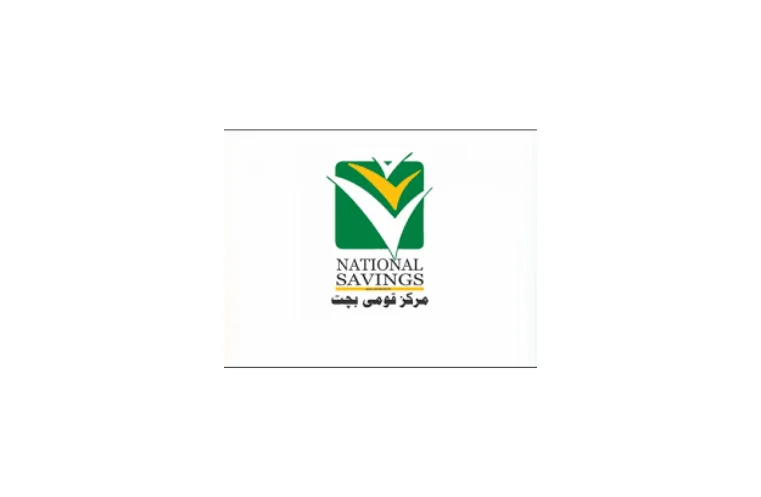Islamabad, Jan 31: The Pakistani government has made a significant adjustment to the profit rates for various national savings schemes, lowering them by two percent. This decision comes in response to the State Bank of Pakistan’s recent policy rate reduction of 100 basis points, now set at 12 percent.
As per the finance ministry’s notification, the annual profit rate on Regular Income Certificates has dropped from 12 percent to 11.88 percent. Additionally, profit rates on short-term certificates have been revised, with the return on three-month certificates decreasing from Rs 3,190 to Rs 2,810 per 100,000.
Read More:
AJK Govt Rolls Out Health Card for Free Treatment
For investors holding Defense Saving Certificates, the rate of return has been adjusted slightly downward, from 14.41 percent to 14.22 percent. Similarly, the returns on Behbood Savings Certificates and Pensioners’ Certificates have both decreased by 0.24 percent, now offering 13.68 percent annually, compared to their previous rates of 13.92 percent.
The profit rate on Shaheed Families Welfare Accounts has also been lowered from 13.92 percent to 13.68 percent annually, while the profit rate on regular savings accounts has seen a more considerable drop, going from 13.50 percent to 11.50 percent annually.
It is worth noting that certain savings schemes have been unaffected by the recent changes. The profit rates for Special Saving Certificates, Special Saving Accounts, Serva Islamic Term Accounts, and Serva Islamic Savings Accounts remain unchanged, providing stability for those invested in these specific schemes.
This adjustment in national savings schemes is expected to have wide-reaching effects, particularly for those relying on these schemes for stable, government-backed returns. The overall impact of this decision will likely lead to further shifts in investment preferences, with many individuals and businesses reconsidering their saving strategies in light of the reduced profitability.
In conclusion, while the reduction in rates may seem minimal, it reflects the broader trend of shifting economic conditions in Pakistan, influenced by the central bank’s monetary policy. Investors looking for alternative saving or investment opportunities may need to explore other avenues to maintain their returns.
